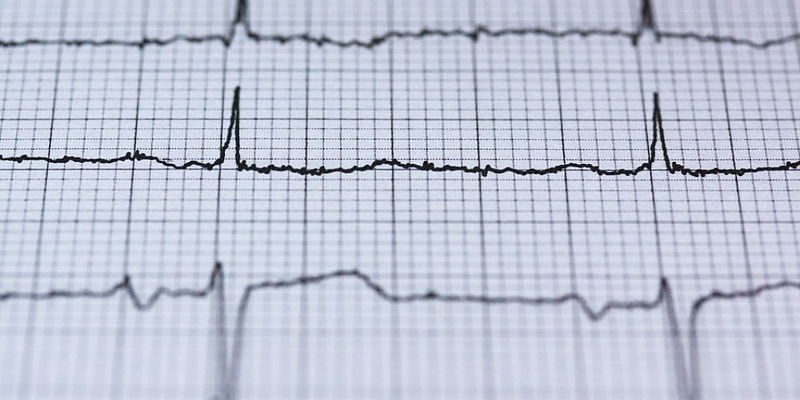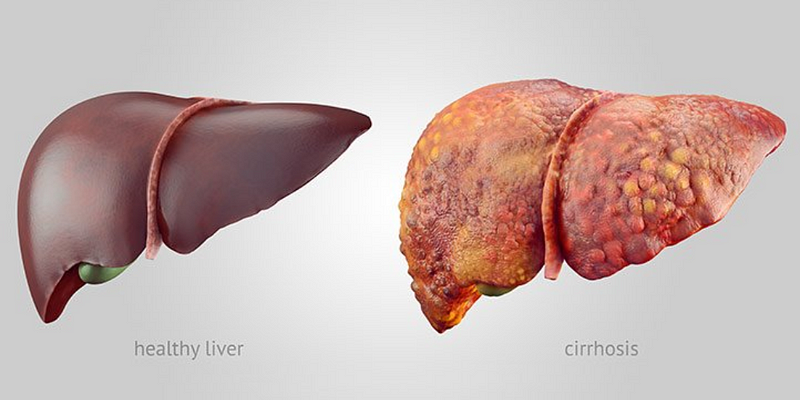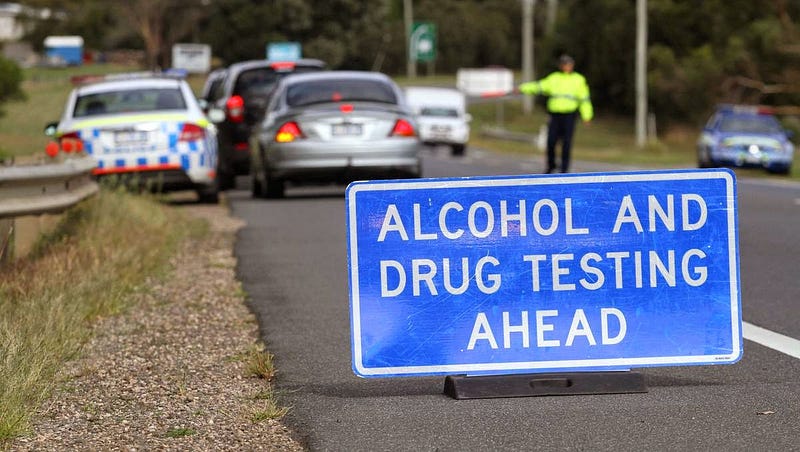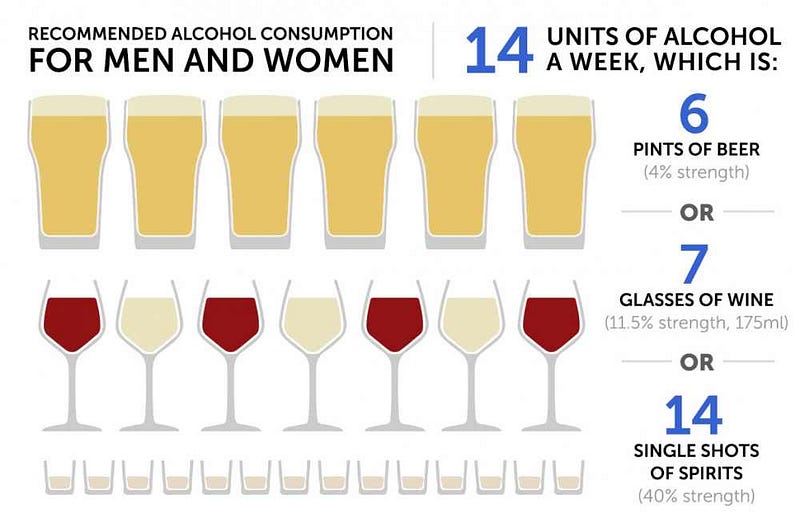
In the last article, I wrote about some of the issues surrounding alcohol; including fitness, calories, cancer, the brain, and even sex and reproduction. In this second part on the subject of Dry January, I will delve into five more:
Heart
The effects of alcohol on the cardiovascular system are widely researched and include the following:
- Increased heart rate
- Increased blood pressure
- Weakened heart muscle
- Irregular heartbeat
- Atrial fibrillation
Coronary heart disease (CHD) is a leading result of excessive alcohol consumption and leads to many less than desirable consequences, such as heart attack and stroke.
Some of the supposed benefits of alcohol on the cardiovascular system are:
- A rise in HDL, or “good” cholesterol.
- Prevention of the damage caused by high LDL, the “bad” cholesterol.
- It stops blood from clotting. This can be good or bad and dependent on any preexisting conditions. It may hold off heart attacks, but it could make you bleed more easily.
The evidence is debatable as to whether small amounts of alcohol are good for you since those who tend to drink small to less than moderate amounts will invariably make other healthy lifestyle choices – influencing the results of such tests. So is it the small amount of alcohol alone or the general healthy lifestyle along with this that induces these benefits?
Ultimately a healthy diet and active lifestyle will be of more benefit than attempting to strike a balance in the intake to gain any presumed benefits from alcohol.

Liver
The liver is very complex and is commonly known to be one of the most advanced organs in the human body, second only to the brain.
Each time the liver goes through the process of filtering alcohol, liver cells die. Since the liver has the ability to regenerate itself, given enough time, it will rectify the damage caused by the intake of alcohol. Issues arise however when the amount of alcohol processed by the liver – therefore the number of cells damaged – counteracts the liver’s ability to regenerate itself. This is a common scenario where the result of excessive alcohol intake is Alcohol-Related Liver Disease (ARLD).
The statistics indicate that the occurrence of this condition, which is intrinsically self-inflicted, is on the increase. This places a significant burden on the health sector.
There are 3 stages to this condition, the added danger being that there generally aren’t symptoms until it is rather advanced, these stages are:
Healthy Liver <-> Alcoholic fatty liver -> Alcoholic hepatitis -> Cirrhosis
Whereas fatty liver is generally benign, reversible by abstention from alcohol consumption, alcoholic hepatitis is a much more serious condition which can only be reversed if alcohol (including any other aggravating factor) is removed completely at an early enough stage. If the hepatitis is more pronounced, the damage will be irreversible. Cirrhosis – or scarring of the liver – is the final stage. Healthy liver tissue damaged by toxins is able to regenerate, but scar tissue is not. Liver damage by cirrhosis generally cannot be undone, the damage is only limited if caught early enough.
There has been a lot of progress in regards to what is considered appropriate marketing for products proven to be detrimental to health – such as cigarettes – as a way to deter the younger generation from purchasing these. There hasn’t been the same progress made as a way to encourage young people to be more responsible drinkers, however.
Although it is far more socially acceptable to drink than it is to smoke, perhaps it would be beneficial to visualise the effects the damage excessive alcohol consumption causes. With regards to smoking, it is mandatory for the packaging to show warnings and images of smoking-related illnesses, would it be a step in the right direction to replicate this with alcohol also? Would seeing these images prompt you to reevaluate your use?

Diabetes
Diabetics can still safely drink alcohol – in moderation (more on that in the closing comments). If you or someone you know has diabetes and drinks, it is important to stay within government guidelines. It is likewise just as important to eat a healthy diet and to exercise in general to help control blood sugar levels.
Medication
Alcohol is contraindicated with almost all prescription medications if more than moderately consumed. So ideally, it is best avoided altogether if you are taking medication, prescribed or over-the-counter.
It is even more important to bear in mind that certain medication should not be mixed with alcohol due to it reducing the effectiveness of the active ingredients, or of increasing the risk of certain adverse effects. Some of these types of medicines include:
Anti-anxiety drugs
Antihistamines
Antibiotics
Blood pressure drugs
Blood Thinners
Cholesterol drugs
Muscle relaxants
Opioid-based pain relievers
Over-the-counter pain relievers
A case in point is the recent story from December of 2018 which resulted in the footballer, Wayne Rooney, being arrested on a ‘Class 4’ misdemeanour charge. Rooney’s arrest for public intoxication was a result of him feeling “disorientated” after taking a prescribed amount of sleeping tablets mixed with some alcohol on a flight. You can pick up the story here:

If you are in doubt about any medication you are taking – please speak to a doctor or pharmacist as soon as possible.
Closing comments:
Alcohol is a readily available product, entwined in society within almost every country and every culture, it has been part of human life since Neolithic times – that is at least around 9,000 years of human alcohol consumption.
The global Alcoholic Beverages Market was valued at $1,344 billion in 2015 and is projected to reach $1,594 billion by 2022.
Regardless of its popularity, it is intrinsically a neurotoxin. Drank too frequently or to excess, it is detrimental to health, though the benefits both socially and physiologically of less than moderate use are also widely promulgated.
The best advice? Stick within the recommended guidelines. A nice visual as to what this means could be a bit of a wake-up call to some:

According to the NHS Chief Medical Officer, moderate is 14 units of alcohol for both men and women, ideally spread out over at least 3 or more days, per week.
Yes take those pints, all 6 of them, divide them by 3, that gives you 2 pints of 4% beer per session to meet the recommended requirements for moderate alcohol consumption.
There are plenty of aids you can use to help you keep track of your consumption – such as health and fitness apps. Sometimes it can take a visual representation of our habits to help us see objectively and keep ourselves in check. After all, “just one more drink” quickly adds up.
More than anything, whichever way you feel about alcohol, too much of a good thing can be a bad thing and dry January could be just what your body needs after that holiday season.
By Medicalchain’s Tim Robinson

